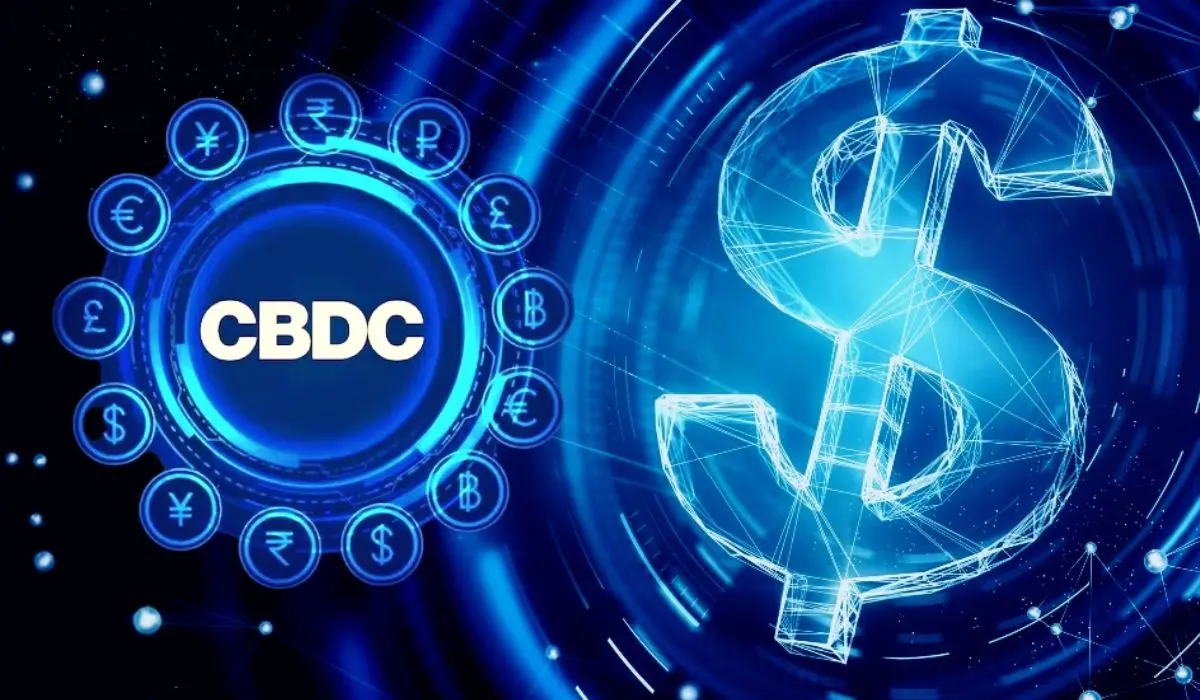The Digital Currency Initiative (DCI), a research program at the Massachusetts Institute of Technology (MIT) focused on cryptocurrency and its underlying blockchain technology, has launched an experimental platform that is optimized for central bank digital currencies (CBDCs).
MIT Releases PArSEC, An Open-Souce Blockchain For CBDCs
PArSEC or “parallelized architecture for scalably executing smart contracts” is an open-source blockchain network built on Ethereum that is capable of handling huge volumes of cross-border transactions and could also be used to revolutionize supply chains and compliance checks, according to DCI.
PArSEC is a product of Project Hamilton, a joint undertaking by the DCI and the Federal Reserve Bank of Boston. The group conducted a two-year study to develop a blockchain-based platform for a hypothetical digital currency based on the U.S. dollar.
The controversial project, which was largely opposed by the Republican caucus due to its privacy and security concerns, was completed in December 2022.

PArSEC Is Built Atop Ethereum And Supprts ERC-20 tokens
DCI says PArSEC supports a wide range of smart contracts, including the Ethereum Virtual Machine (EVM), which means the platform can support ERC-20 tokens. The network’s developers highlighted its speed, claiming it performed 118,000 transactions per second on 128 nodes.
This number far exceeds the capabilities of public permissionless blockchains that are currently available in the market.
With ERC-20 compatibility, PArSEC can launch an automated market maker on its network that could transact with CBDCs, bonds, tokenized securities, and repurchase agreements. MIT expects the platform to expand the use case and flexibility of blockchain-based networks in the real world.
PArSEC developers say that since the platform supports virtual machines, it would be able to simplify communications between central and commercial banks. Yet, there are several key areas that still require attention from researchers, such as security, key management, and data migration tooling.
Because the platform is designed to incorporate CBDCs, data privacy is a key area of focus for the PArSEC team. In the project’s summary, developers stated that they decided to focus on smart contracts because it provides the “highest degree of expressivity and functionality” to users.
Crypto Community Divided On The Subject Of CBDCs’
Proponents of crypto argue that central bank-issued digital currencies are centralized and non-programmable. They say programmability allows for restrictions to be placed on the usage of digital currencies.
Although this is an advantage in a decentralized financial and economic system, such properties can be exploited by governments to prevent CBDC users from purchasing certain items or even impose conditions like negative interest rates on the token.
In a statement given to crypto news outlet Cointelegraph in April, blockchain and crypto researcher Nikhil Raghuveera said that programmability allows for “asset backing and decentralization”, both of which are impossible to attain under currency CBDC designs.
He argued that instead of fine-tuning CBDCs, PArSEC developers should take advantage of the programmable opportunities offered by stablecoins – fiat-pegged cryptocurrencies.
The Federal Reserve has continuously stated that it would not introduce a CBDC without a congressional mandate. However, 2024 Presidential candidates, including Robert Kennedy Jr., Florida Governor Ron DeSantis, Vivek Ramaswamy, and Miami Mayor Francis Suarez, have all made their lack of interest in central bank-issued digital currencies clear.
DeSantis went so far that in May, he signed two legislations outlawing the use of CBDCs in Florida. The incumbent governor banned digital currency from being used as legal tender in the state and ordered it to be removed from the definition of money in Florida’s Universal Commercial Code (UCC).
This past week, while at a campaign event in New Hampshire, DeSantis declared that if elected president, he would stop the development of CBDCs.
Despite the opposition, the Federal Reserve is continuing with its CBDC project. In July, the San Fransisco Federal Reserve Bank put up a job posting on Indeed asking for a senior Crypto Architect. The central bank still says it has not made a final decision on whether to issue a digital dollar and would only move ahead “with an authorizing law”.
Last month, the central bank launched the FedNow instant payments network. Many speculate that the transaction settlement platform designed for U.S. banks will eventually incorporate a CBDC. All roads lead to one place, dollar-backed CBDC is under work at the Federal Reserve and is coming soon.
